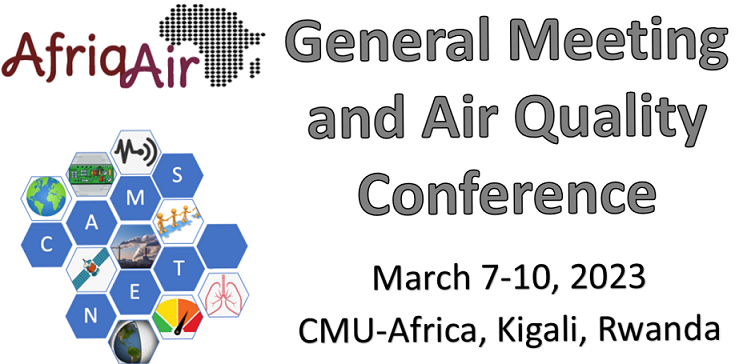Speaker
Description
Introduction
Air pollution (AP) remains a major a major environmental risk to the public health. Worldwide, 3.7 million deaths occur every year as a result of exposure to ambient air pollution. In Africa, AP is the 2nd largest death threat, causes more deaths than tobacco, alcohol, road accidents, and drug abuse. Sources of AP: traffic, especially in urban areas where traffic is a threat to PH (Samet 2001); biomass fuel burning; Industrial process. We prospectively monitored the PM2.5 levels in Kampala city and examined the daily and seasonal trends of PM2.5.
Materials and Methods
A time series design, we prospectively monitored daily ambient AP (PM2.5) concentration levels in micrograms per cubic meter (μg/m3). The study site was Kampala Capital City, Uganda. The PM2.5 sampling site is located at the Makerere University School of Public Health premise, Mulago National Referral Hospital. The study used data for the period 1st January 2018 to 31st December 2021.
Results
The annual PM2.5 Concentration for 4 years (2018-2021) was 39.3 μg/m3, 34.9 μg/m3 , 37.4 μg/m3 & 42.0 μg/m3 respectively. December, January, and February stand out with the highest concentration above 80μg/m3 . The 4 years of monitoring AP in Kampala shows that PM2.5 concentrations were above the WHO annual interim target 1 of 35 μg/m3
Conclusion
The findings show that air pollution in Kampala is way above the WHO Air Quality Guideline values, thus this situation poses an increased risk for adverse health effects including deaths attributed to air pollution

